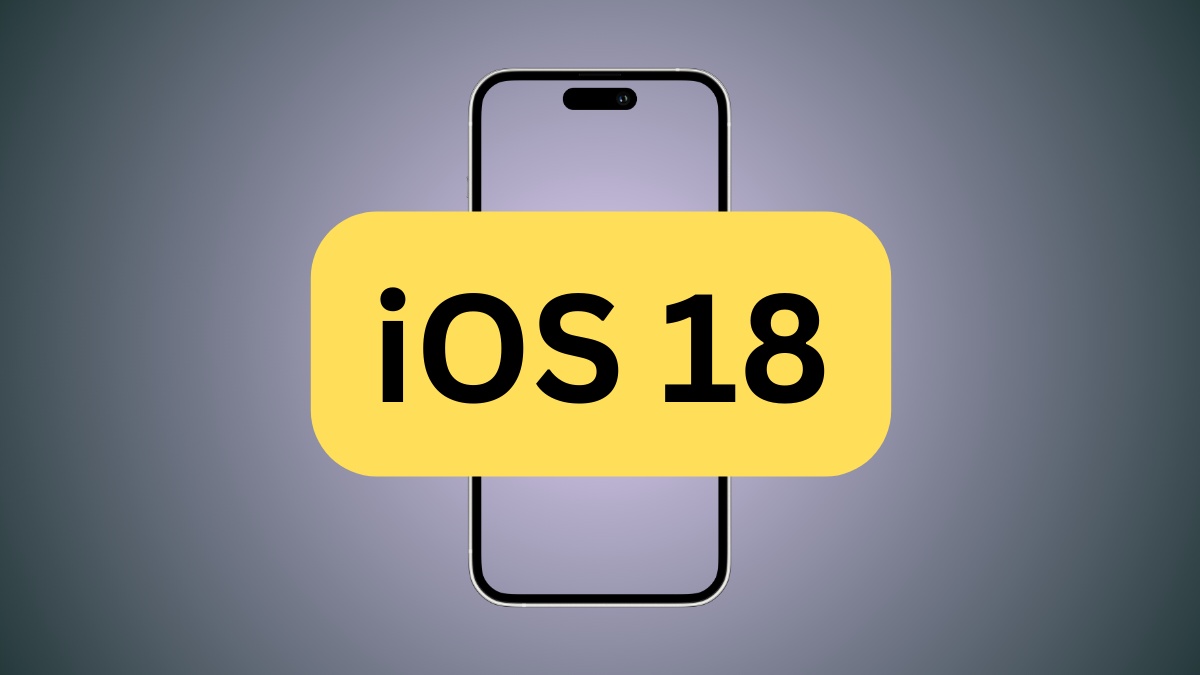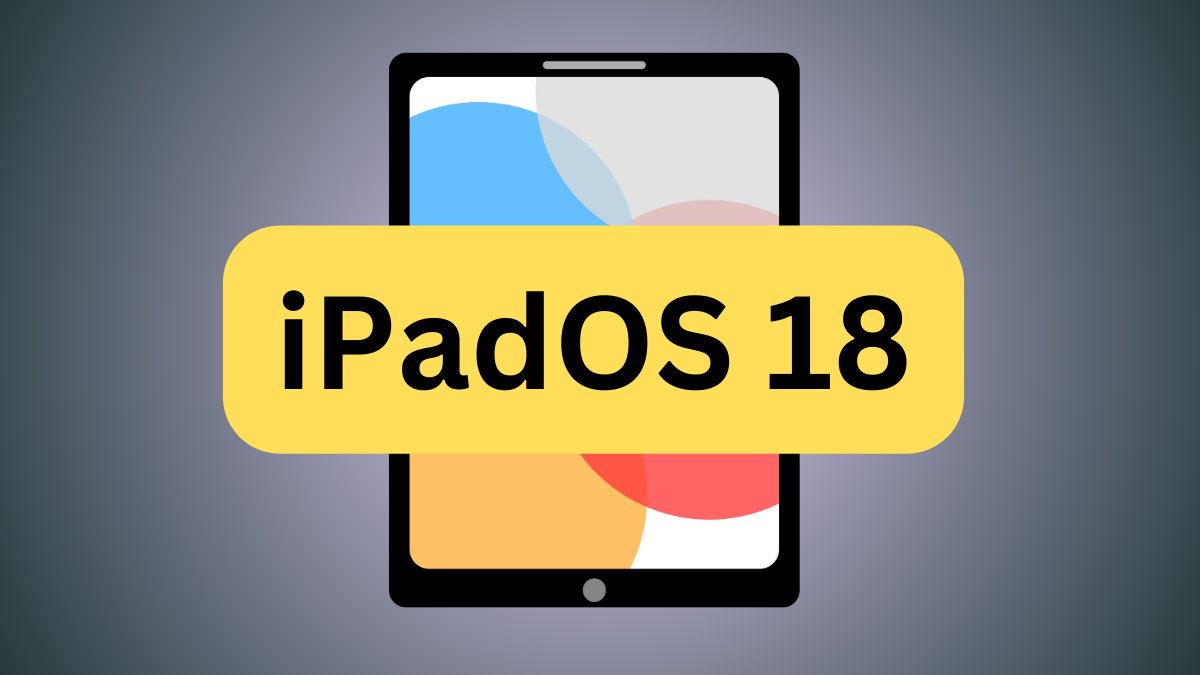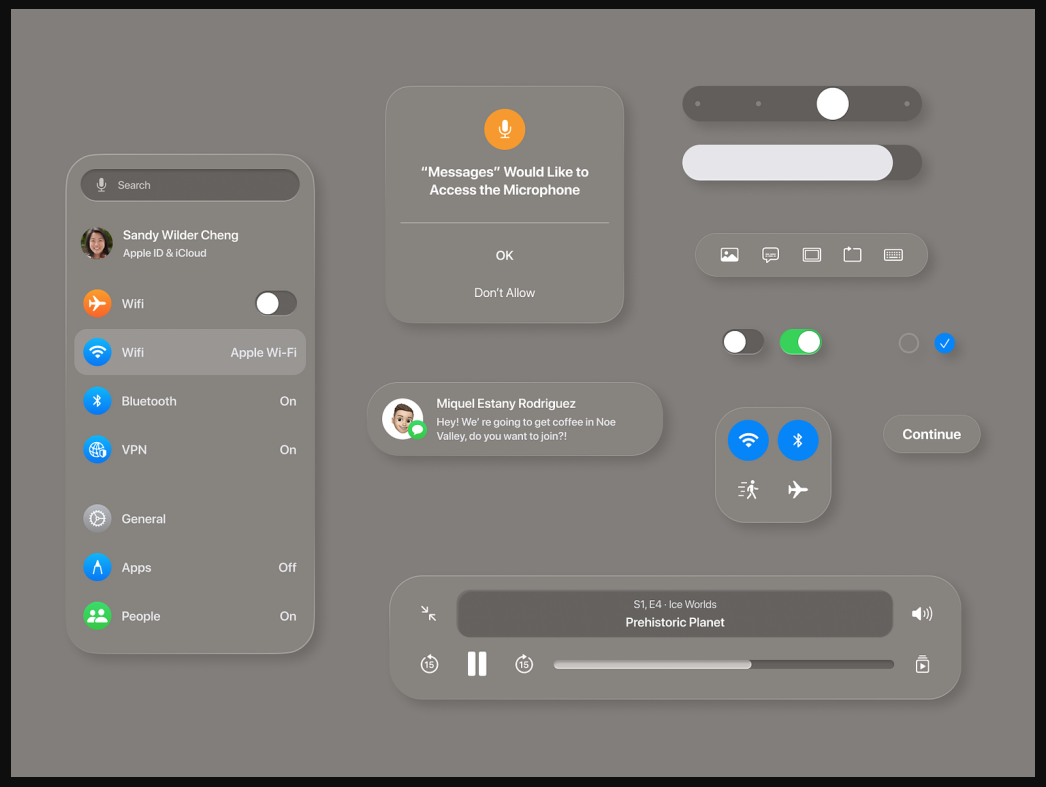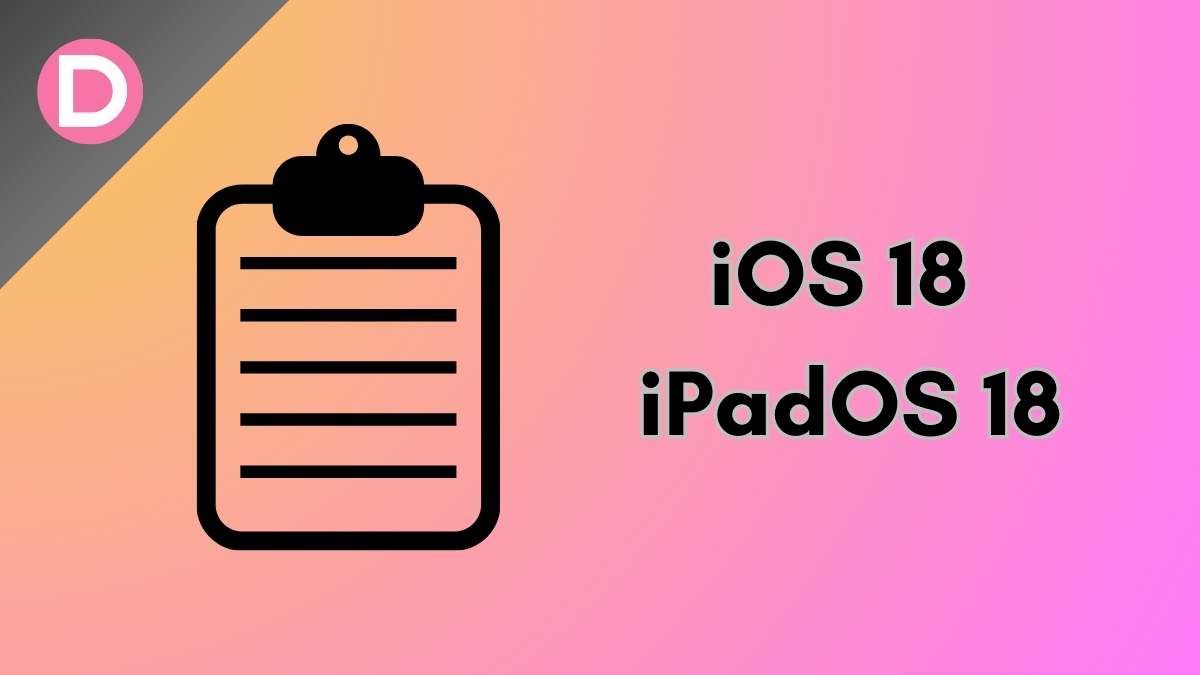The WWDC annual event typically takes place in June, and Apple will unveil what’s new with iOS and iPadOS 18. Considering that iOS 17 was a marginal update with barely any changes, many expect iOS 18 to bring many changes.
With these updates, Apple drops support for some older models since the RAM, chip, or other hardware cannot handle heavier software. For some older models, Apple doesn’t offer all the new features of the update, especially the ones that are resource-intensive or need more Neural Engine power.
iOS 16 was the last update for the iPhone X and the iPhone 8 and 8 Plus. They still get security patches until iOS 16.7.2. If there are further critical security patches, Apple will roll them out, but the iPhone X is currently at the end of its life cycle regarding software updates.
One key reason is the Neural Engine on the iPhone XR, XS, and XS Max. The A12 Bionic chip was a significant leap over the A11 Bionic, and it also has much better CPU performance. The A11 Bionic had a 10nm fabrication process, and the 7nm fabrication for the A12 Bionic was a key contributor to efficiency and CPU power.
The A13 Bionic uses the same 7nm fabrication process. While it’s still a decent performance upgrade from the A12 Bionic to the A13, it isn’t as drastic as the jump from the A11 to the A12 Bionic. As a result, Apple probably won’t discontinue software support for the iPhone XR, XS, and the iPhone XS Max. The iPhone XR is particularly very popular, and they’ll mostly support it for one more year.
Which iPhones and iPads will be compatible with iOS 18 and iPadOS 18?
According to a leak from a now-deleted post on X, iOS 18 will also support the iPhone XR. This isn’t surprising since the iPhone XR scores around 1200 on the single-core Geekbench test and 2200 on the multi-core test. The A13 Bionic on the iPhone 11 scores 1600 on the single-core test and 3700 on the multi-core test.
The iPhone X, however, scores under 2000 on the multi-core test and has a much weaker Neural Engine. This is most likely the final year for the iPhone XS, XR, and XS Max. One key difference between the iPhone XR and the iPhone XS is that the iPhone XS (and Max) has 4GB of RAM.
The iPhone XR only has 3GB RAM, the same as the iPhone X. Apple mostly did this to make it cheaper than the iPhone XS and cut costs. This is why earlier speculations assumed that the iPhone XR would not get this update since it has 3GB RAM, which is extremely low for 2024. However, the leaked list also includes the iPhone XR, so Apple has probably optimized it very well. The second-gen iPhone SE from 2020 also has only 3GB RAM (and the A13 Bionic chip), so it’s perhaps not much of a bottleneck.
There were leaks that the 2017 iPad models, including the iPad Pro models, will not support the iPadOS 18 update. It might drop support for the 2017 10.5″ and 12.9″ iPad Pro models, which use the old A10X Fusion chipset. Since the iPad 6 and iPad 7 both use the A10 Bionic SOC, both of these tablets might lose support as well. They’re already struggling to deliver a stable performance with iPadOS 17, so they’re at the end of the line.
Since Apple is apparently issuing iPadOS 18 to the iPads with the A12 Bionic chip, it also makes sense to continue support for the iPhone XR. The M1 iPad Air could get features that the other iPads won’t. Due to hardware constraints, the M2 iPad Pro models will get the best feature set, which Apple mostly won’t add to other iPads.

List of iPhones that will support iOS 18 (expected):
- iPhone SE 2020 (2nd Gen, A13 Bionic, 3GB RAM)
- iPhone SE 2022 (3rd Gen, A15 Bionic, 4GB RAM)
- iPhone XR (A12 Bionic, 3GB RAM)
- iPhone XS (A12 Bionic, 4GB RAM)
- iPhone XS Max (A12 Bionic, 4GB RAM)
- iPhone 11 (A13 Bionic; all iPhone 11 models have 4GB RAM)
- iPhone 11 Pro (A13 Bionic)
- iPhone 11 Pro Max (A13 Bionic)
- iPhone 12 Mini (A14 Bionic, 4GB RAM)
- iPhone 12 (A14 Bionic, 4GB RAM)
- iPhone 12 Pro (A14 Bionic, 6GB RAM)
- iPhone 12 Pro Max (A14 Bionic, 6GB RAM)
- iPhone 13 Mini (A15 Bionic, 4GB RAM)
- iPhone 13 (A15 Bionic, 4GB RAM)
- iPhone 13 Pro (A15 Bionic, 6GB RAM)
- iPhone 13 Pro Max (A15 Bionic, 6GB RAM)
- iPhone 14 (A15 Bionic, 6GB RAM)
- iPhone 14 Plus (A15 Bionic, 6GB RAM)
- iPhone 14 Pro (A16 Bionic, 6GB RAM)
- iPhone 14 Pro Max (A16 Bionic, 6GB RAM)
- iPhone 15 (A16 Bionic, 6GB RAM)
- iPhone 15 Plus (A16 Bionic, 6GB RAM)
- iPhone 15 Pro (A17 Pro, 8GB RAM)
- iPhone 15 Pro Max (A17 Pro, 8GB RAM)

List of iPads that will support iPadOS 18 (expected):
- 2018 iPad Pro (and later)
- 2019 iPad Air (and later; A12 Bionic and up)
- 2019 iPad Mini (iPad Mini 5 and iPad Mini 6)
- 2020 iPad (and later; includes iPad 8, iPad 9, and iPad 10)
Note: The post from a private account on X, a source for the leaked list, was deleted extremely quickly. We’re unsure whether this is because the list is inaccurate or because they feared Apple. Nobody can verify this list and know whether it’s true, and we have to wait for WWDC to find out officially. Take this list with a dollop of salt since it might not be true.
Expected new features with iOS 18 and iPadOS 18
There are several rumors that Apple will adopt the visionOS design language for iOS. visionOS has depth, gradients, spherical app logos, and a more 3D-like interface with many shadows and reflections. It’s not skeuomorphic, but it’s a complete departure from the 2D Flat icons of the current iOS 17. We already saw signs of this with the iOS 17 Calling menu, Action Button UI, and the new iMessage menu.

Apple already confirmed that iPhones will get RCS Support with iOS 18. In specific markets like the EU, Apple has to open the App Store and allow third-party App Stores and sideloading on their phones. We’re not sure whether they’ll make this global, however.
We can also expect on-device AI features and an entirely new design language. Apple is already way behind the AI race, with One UI and Pixel UI taking off. They might bring Generative AI to iOS, making Siri much better and smarter. For iPadOS, we can expect new apps and some macOS multitasking features on higher-end models.



